<< Previous | Displaying results 3126-3150 of 6772 for "" | Next >>
Thomas Mann, seen here in Germany before the war, was a noted German novelist and Nobel Laureate. He denounced the Nazis and emigrated to the United States in 1938 after his German citizenship was revoked. Germany, prewar.
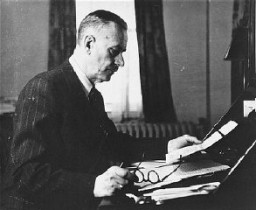
Jan Karski, underground courier for the Polish government-in-exile, informed the West in the fall of 1942 about Nazi atrocities against Jews taking place in Poland. Washington, DC, United States, 1943.
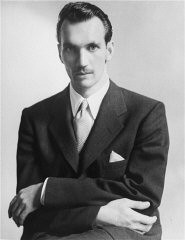

Jan Karski and General Colin Powell meet during the opening ceremonies of the US Holocaust Memorial Museum. Washington, DC, April 22, 1993.
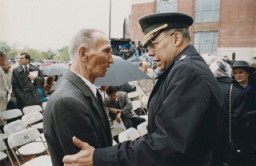
An Armenian woman and her child sit on a sidewalk next to a bundle of their possessions. Ottoman Empire, 1918–20.
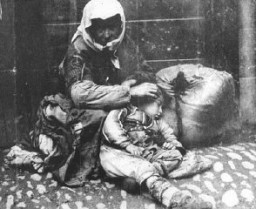
Studio portrait of two Armenian girls wearing traditional clothing. Ottoman Empire, ca 1895. [Courtesy of Mabel Aharonian]
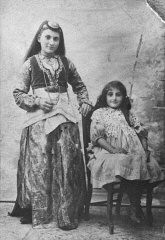
Ottoman military forces march Armenian men from Kharput to an execution site outside the city. Kharput, Ottoman Empire, March 1915-June 1915. [Courtesy of the Armenian National Institute.]
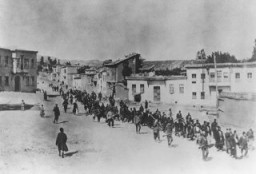
Ottoman troops guard Armenians being deported. Ottoman Empire, 1915-16.
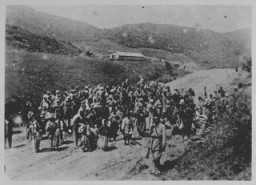
Armenian children lie in the street of an unidentified town. Photograph taken by Armin T. Wegner. Wegner served as a nurse with the German Sanitary Corps. In 1915 and 1916, Wegner traveled throughout the Ottoman Empire and documented atrocities carried out against the Armenians. [Courtesy of Sybil Stevens (daughter of Armin T. Wegner). Wegner Collection, Deutsches Literaturarchiv, Marbach & United States Holocaust Memorial Museum.]
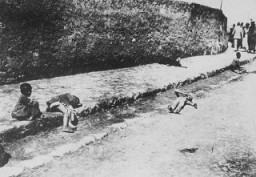
An Armenian refugee, wearing a scarf and a pack on her back. Ottoman Empire, 1918-20. Sometimes called the first genocide of the twentieth century, the Armenian genocide refers to the physical annihilation of Armenian Christian people living in the Ottoman Empire from spring 1915 through autumn 1916. There were approximately 1.5 million Armenians living in the multiethnic Ottoman Empire in 1915. At least 664,000 and possibly as many as 1.2 million died during the genocide, either in massacres and…
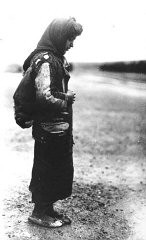
A small group of Armenian deportees walking through the Taurus Mountain region, carrying bundles. A woman in the foreground carries a child. Ottoman Empire, ca. November 1915. Photograph taken by Armin T. Wegner. Wegner served as a nurse with the German Sanitary Corps. In 1915 and 1916, Wegner traveled throughout the Ottoman Empire and documented atrocities carried out against the Armenians. [Courtesy of Sybil Stevens (daughter of Armin T. Wegner). Wegner Collection, Deutsches Literaturarchiv, Marbach…
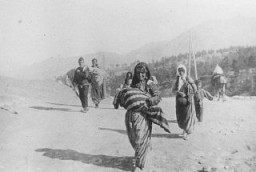
Armenian families next to makeshift tents in a refugee camp. Ottoman Empire, 1915-16.Photograph taken by Armin T. Wegner. Wegner served as a nurse with the German Sanitary Corps. In 1915 and 1916, Wegner traveled throughout the Ottoman Empire and documented atrocities carried out against the Armenians. [Courtesy of Sybil Stevens (daughter of Armin T. Wegner). Wegner Collection, Deutsches Literaturarchiv, Marbach & United States Holocaust Memorial Museum.]
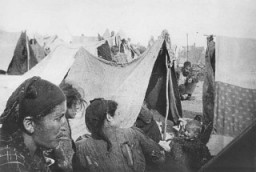
A group of Armenian refugees. 1915-20. Sometimes called the first genocide of the twentieth century, the Armenian genocide refers to the physical annihilation of Armenian Christian people living in the Ottoman Empire from spring 1915 through autumn 1916. There were approximately 1.5 million Armenians living in the multiethnic Ottoman Empire in 1915. At least 664,000 and possibly as many as 1.2 million died during the genocide, either in massacres and individual killings, or from systematic ill treatment,…
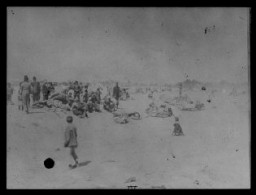
Armenian refugees in the desert. A man in the foreground lies on the ground on a layer of bedding. 1915-20.
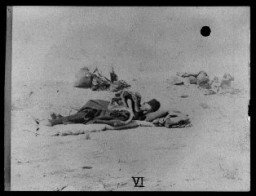
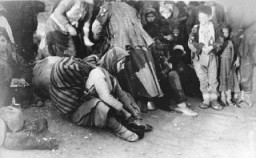
A group of 1,500 Armenian children at a refugee camp of the Near East Relief organization in Alexandroupolis. Greece, 1921–22.
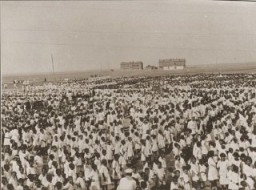
Refugees foraging at Alexandropol, Russian Armenia. Photograph taken by John Elder. In 1917, Elder, a divinity student from Pennsylvania, joined the American Committee for Armenian and Syrian Relief team that was aiding refugees. For two years, Elder did volunteer work with Armenian orphans. During that time, he photographed refugees and conditions at camps.
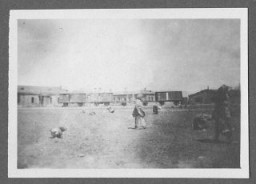
Père Jacques de Jésus (born Lucien Bunel) was a Carmelite headmaster of a Catholic boys school in Avon, France. Angered at Nazi policies, he made his school a refuge for young men seeking to avoid forced labor and for Jews. On January 15, 1944, the Gestapo raided the school, seizing Père Jacques and three Jewish children. The boys were deported to Auschwitz and killed. Père Jacques, sent to various concentration camps, died shortly after liberation.
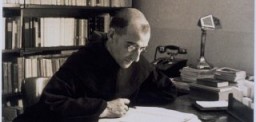
The title page of Mein Kampf by Adolf Hitler. This copy has an inscription by Hitler on the inside cover (not shown) that reads "To the Newlyweds with best wishes for a happy and blessed marriage." Munich, Germany, 1941.
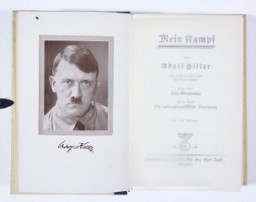
A US soldier inspects piles of Nazi books, including Mein Kampf, that were found in a German school. As part of their denazification policies, Allied authorities purged German libraries, bookstores, and schools of Nazi propaganda. Aachen, Germany, May 2, 1945.
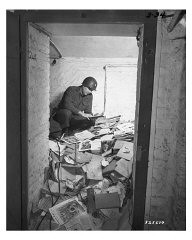
A young baby sits in its carriage next to a Quonset hut in Babenhausen displaced persons camp. Babenhausen, Germany, 1946-47.
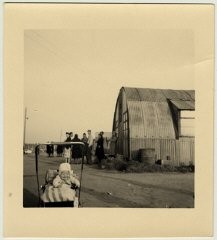
View of the road leading to the Deggendorf displaced persons camp. Deggendorf, Germany, 1945-46.
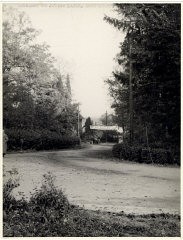
Zionist group gather with banners outside the Deggendorf displaced persons camp to demonstrate for Jewish immigration to Palestine. Deggendorf, Germany, 1945-49.
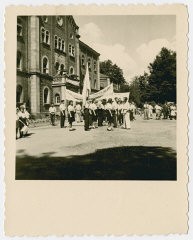
A young child sits among luggage while waiting to depart the Deggendorf displaced persons camp. Deggendorf, Germany, 1945-46.
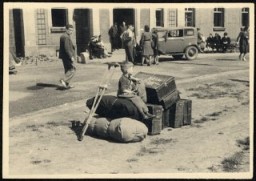
Sara Neumann carries her luggage labled with an address in New York as she leaves the Deggendorf displaced persons camp. Deggendorf, Germany, 1945–47.
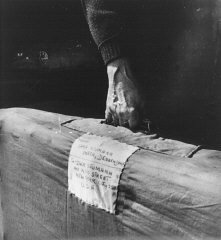
We would like to thank Crown Family Philanthropies, Abe and Ida Cooper Foundation, the Claims Conference, EVZ, and BMF for supporting the ongoing work to create content and resources for the Holocaust Encyclopedia. View the list of donor acknowledgement.